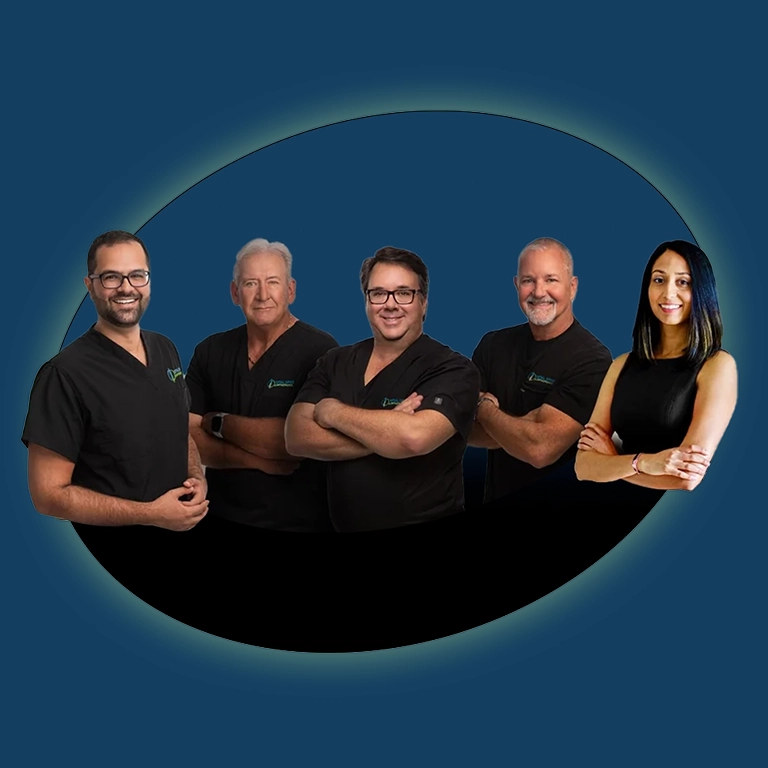PRP Therapy Explained: A Comprehensive 2025 Guide
Our Team
We are a team of highly specialized spine surgeons dedicated to pioneering the future of spine care.
Share:
Table Of Contents
- 1. What Is PRP Therapy?
- 2. Science Behind PRP: How It Works
- 3. Clinical Applications & Evidence
- 4. PRP vs. Other Biologics
- 5. Ideal Candidates & Contraindications
- 6. Procedure Walk‑Through
- 7. Safety, Side Effects & FDA Guidance
- 8. Results Timeline & Expected Outcomes
- 9. Real‑Life Success Stories & Case Data
- Integrating PRP Therapy Into Long-Term Pain Management Plans
- PRP Therapy in Active Aging and Preventive Orthopedics
- Future Horizons: Combining PRP with Advanced Regenerative Technologies
- 10. FAQs About PRP Therapy
- Book Your Consultation
1. What Is PRP Therapy?
Platelet-rich plasma (PRP) therapy is a revolutionary treatment that uses the healing properties of your own blood to repair damaged tissues, reduce inflammation, and stimulate natural regeneration. Often categorized under orthobiologic injections and regenerative medicine treatments, PRP therapy is transforming how doctors treat joint pain, disc degeneration, and sports-related injuries.
1.1 How Platelet‑Rich Plasma Is Created
The process starts with a simple blood draw. Your blood is placed in a centrifuge, which spins it at high speeds to separate the platelets from red and white blood cells. The result is a concentrated plasma solution rich in growth factors that promote healing. This is then reinjected into the injured or affected area using image-guided precision.
1.2 Key Growth Factors & Healing Mechanisms
Platelets are loaded with bioactive proteins and growth factors that initiate tissue repair and reduce inflammation:
- PDGF (Platelet-derived growth factor): Stimulates cell replication and blood vessel formation
- TGF-\u03b2 (Transforming growth factor beta): Helps regulate inflammation and tissue remodeling
- VEGF (Vascular endothelial growth factor): Promotes blood vessel growth
These factors trigger cell signaling pathways that activate repair mechanisms at the injection site.
2. Science Behind PRP: How It Works
PRP works on two core principles: reducing inflammation and accelerating tissue repair. It does so through:
2.1 Cellular Signaling & Tissue Repair
Growth factors released from PRP stimulate fibroblasts, chondrocytes, and mesenchymal stem cells in the local environment. This encourages new collagen formation, cartilage regeneration, and tissue healing over time.
2.2 Anti‑Inflammatory vs. Regenerative Effects
PRP doesn’t just manage pain like steroids. Its anti-inflammatory effects come without the tissue degradation that steroids can cause. Over time, PRP aims to heal the root issue—not just mask the symptoms.
3. Clinical Applications & Evidence
PRP therapy is used widely across multiple specialties, including orthopedics, spine care, and sports medicine.
3.1 Spine & Disc Regeneration
PRP is increasingly used for spine & disc regeneration, especially for conditions like degenerative disc disease, annular tears, and facet joint inflammation.
3.2 Joint Preservation: Knees, Hips, Shoulders
PRP helps manage early-stage osteoarthritis and joint instability by preserving cartilage and reducing pain, delaying or even preventing surgery.
3.3 Sports Injuries & Tendon Healing
From professional athletes to weekend warriors, PRP is used for:
- Tennis elbow
- Rotator cuff injuries
- Achilles tendonitis
- Hamstring and groin strains
4. PRP vs. Other Biologics
While PRP is effective, it’s one of several regenerative options. Here’s how it compares:
4.1 BMAC Therapy Comparison
Bone marrow aspirate concentrate (BMAC) includes stem cells and a richer regenerative profile but involves a more invasive extraction process.
4.2 SVF Therapy Comparison
Stromal vascular fraction (SVF) therapy uses stem cells extracted from adipose (fat) tissue. It’s powerful for treating joint and soft tissue conditions but not always available in all clinics.
4.3 Exosome Therapy Snapshot
Exosomes, the cell-derived vesicles from stem cells, deliver growth factors without the cells themselves. They are emerging as an advanced regenerative therapy but still undergoing clinical evaluation.
5. Ideal Candidates & Contraindications
Who benefits most from PRP therapy?
- Individuals with mild to moderate osteoarthritis
- Patients with disc degeneration
- Athletes recovering from overuse injuries
- People seeking non-surgical pain relief
Who should avoid PRP therapy?
- Individuals with blood or clotting disorders
- Active infections near the injection site
- Certain autoimmune diseases
6. Procedure Walk‑Through
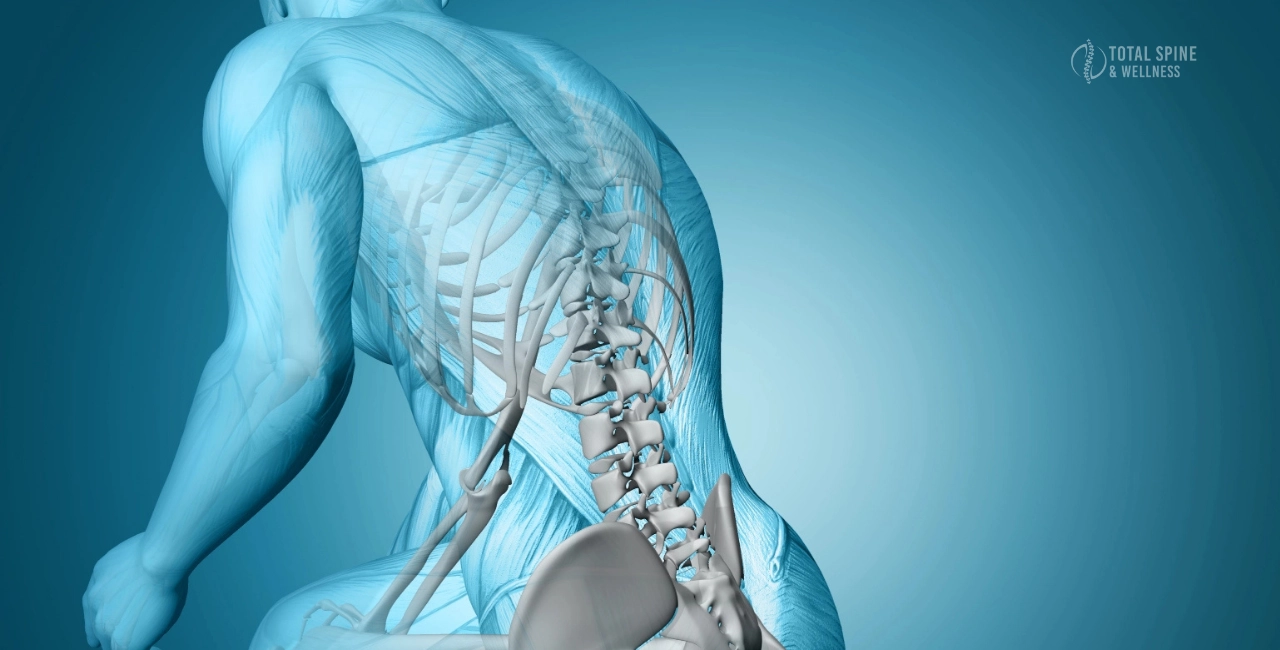
Understanding what happens step by step can ease anxiety and ensure optimal results:
- Consultation: Review medical history, imaging, and assess candidacy
- Blood Draw: 15-60 ml of your blood is drawn
- Centrifugation: Platelets are separated from other blood components
- Injection: Under ultrasound or fluoroscopic guidance, PRP is precisely injected
Post-Injection Protocol:
- Mild soreness may last 1-3 days
- Avoid anti-inflammatory meds for one week
- Physical therapy often begins within a few days
7. Safety, Side Effects & FDA Guidance
PRP therapy is considered safe, especially since it uses your own blood, minimizing the risk of rejection or infection.
Common Side Effects:
- Temporary soreness or swelling
- Bruising at injection site
Rare Risks:
- Infection
- Nerve damage (extremely rare when guided by imaging)
FDA Regulation:
- PRP is classified as a minimally manipulated autologous product and is legal under FDA’s Section 361.
- Clinics must adhere to sterility and lab safety standards.
8. Results Timeline & Expected Outcomes
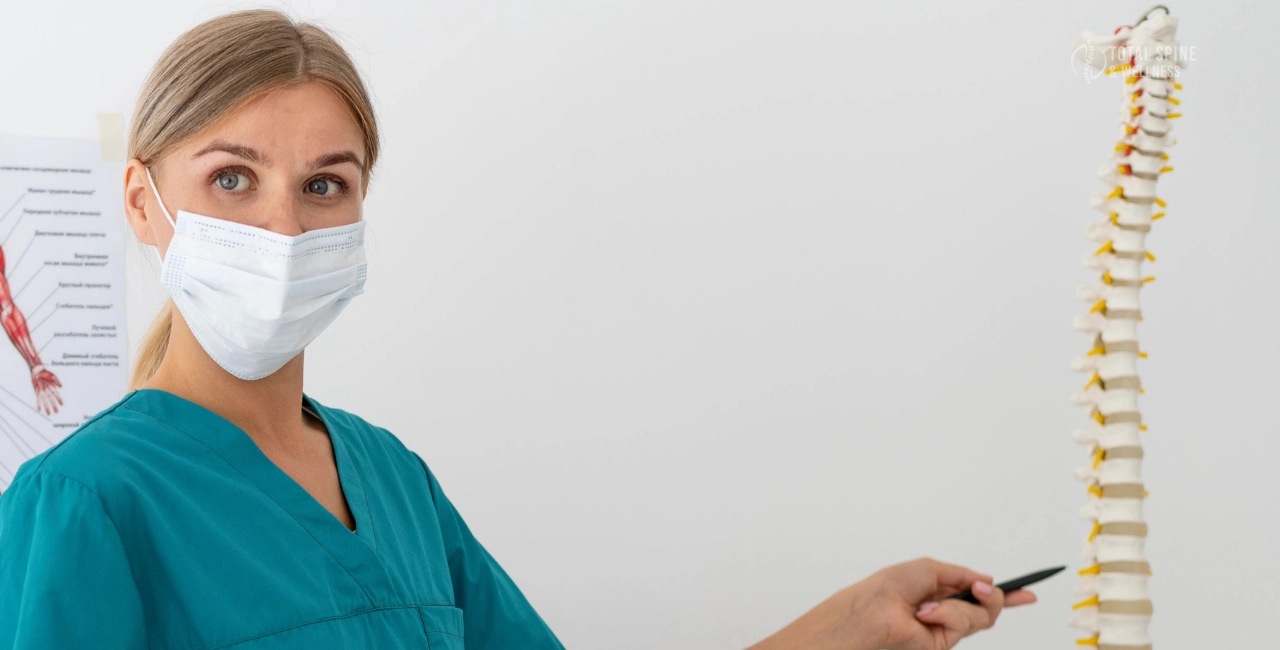
When will I see results?
- Pain relief typically begins 2–6 weeks after injection.
- Structural improvements and healing are often seen at 3–6 months.
Studies show improved outcomes for:
- Knee osteoarthritis (up to 60–70% improvement)
- Tendon injuries (accelerated healing timelines)
- Lumbar disc issues (reduced discogenic pain)
9. Real‑Life Success Stories & Case Data

Case Study #1 – Disc Injury: A 42-year-old patient with discogenic back pain reported a 70% reduction in pain within 3 months of image-guided PRP.
Case Study #2 – Knee Osteoarthritis: A 60-year-old patient avoided total knee replacement after three PRP injections spaced 4 weeks apart. Follow-ups showed improved mobility and pain scores.
Integrating PRP Therapy Into Long-Term Pain Management Plans
Platelet-rich plasma therapy isn’t just a one-time treatment — it’s increasingly being integrated into comprehensive pain management strategies, especially for individuals dealing with chronic musculoskeletal pain. When used strategically alongside physical therapy, lifestyle changes, and occasional maintenance injections, PRP can significantly reduce the need for surgical intervention or long-term medication.
Multimodal Approaches with PRP
Successful pain relief often requires more than one solution. Patients may benefit most when PRP injections are paired with:
- Physiotherapy and mobility exercises tailored to joint or spine recovery
- Anti-inflammatory diets to reduce systemic inflammation
- Ergonomic adjustments at work or home
- Orthobiologic maintenance treatments (such as low-dose follow-up PRP injections)
By combining these approaches, the body is given the best chance to heal from within while reducing the risk of re-injury or recurrence.
PRP Therapy in Active Aging and Preventive Orthopedics


The use of PRP therapy is also expanding in the realm of preventive orthopedics, particularly for adults over 40 who wish to remain active while minimizing degeneration. For early signs of osteoarthritis, disc wear, or tendon fatigue, PRP provides a minimally invasive option that may delay — or even prevent — the need for joint replacements or spinal surgery.
Benefits for the Aging Athlete
For aging athletes or active individuals, PRP can:
- Help maintain cartilage and tendon health
- Reduce the micro-damage that accumulates with repetitive motion
- Improve recovery time post-activity or injury
- Support joint stability during high-performance training
As the body’s natural regenerative capacity slows with age, autologous PRP therapy gives it a cellular boost, precisely where it’s needed most.
Future Horizons: Combining PRP with Advanced Regenerative Technologies
While PRP therapy already plays a key role in non-surgical pain relief, researchers are exploring its synergistic effects when combined with emerging biologics and tissue engineering methods. Early trials have looked at how PRP may work alongside bioengineered scaffolds, mesenchymal stem cells, and exosome-derived formulations.
These cutting-edge combinations aim to enhance tissue regeneration, improve pain reduction timelines, and offer more personalized care based on each patient’s condition and healing response.
As orthobiologic research evolves, PRP may become part of even more customized cell-based protocols — unlocking faster, safer recovery options for orthopedic and spine conditions.
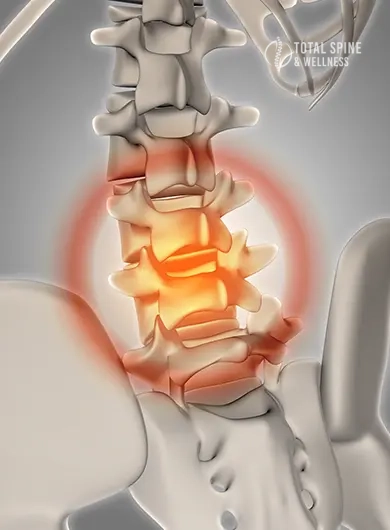
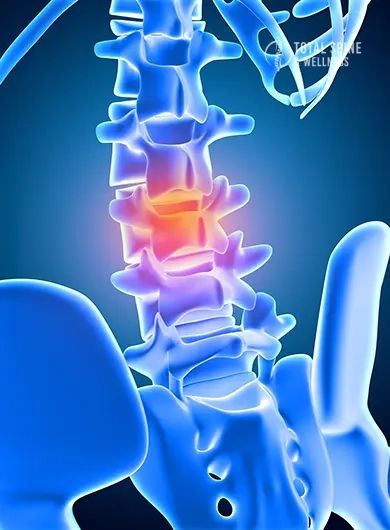
FAQs About PRP Therapy
Is PRP therapy painful?
Mild discomfort may occur during injection, but it is typically well tolerated.
How much does PRP therapy cost in the USA (2025)?
It can range from $500–$2,500 per session depending on condition and clinic.
How many PRP sessions are needed?
Usually 1–3 sessions spaced a few weeks apart.
Is PRP therapy FDA-approved?
It is regulated but not formally “approved” as it uses your own cells.
Can PRP treat chronic back pain?
Yes, especially when related to disc degeneration or facet joint inflammation.
What is recovery like after PRP?
Most people resume normal activity in 24–72 hours; rehab may follow.
Does insurance cover PRP therapy?
Most insurers still classify PRP as investigational.
Are results permanent?
Pain relief can last 6–12 months or longer; some cases may need boosters.
Book Your Consultation

PRP therapy offers a promising non-surgical solution for chronic pain and joint degeneration. If you’re considering PRP for yourself or a loved one, now is the time to act.
Your journey to healing begins with one step. Book your personalized PRP therapy consultation with Total Spine Wellness today and discover if this breakthrough treatment is right for you.
Ready to Take the First Step?
You don’t have to live with back pain — and you don’t have to face surgery to fix it. At Total Spine Wellness, we offer safe, effective, and research-backed disc regeneration therapies tailored to your needs.
Call us or click below to schedule your personal consultation and find out if regenerative disc therapy is right for you.
